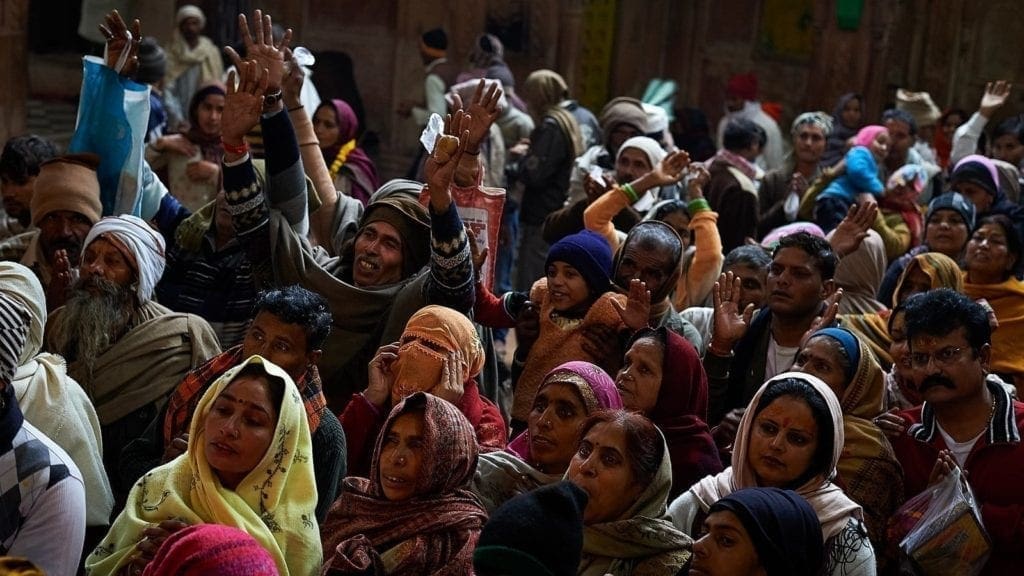I wanted to photograph gestures because gesture shows and explains life even when words are not there or do not translate. Because gesture is the vehicle of intentions. He knows the ripples of fear, the contractions of suffering and pain, the wrinkles of weariness and finite hope, the timidity of the helpless, the aggressiveness of those facing survival, and the anguish of weakness.
I wanted to photograph the gestures, and now I am trying to remember and show you what I did not photograph.
Where the world begins
It was in Benares that Shiva decided to live and it is here that the world began; here the crossroads-the tirthas-are sacred. But all of Varanasi is a crossroads between this world and the other world, and all of the time is here and maybe even all of space–a mandala city, a cosmogram containing all the cosmos. And in this city coexist the frenzy of moving, loading and unloading, exhibiting buying and selling, and the claustrophobia of the alleys where this occurs. Sometimes so tight that barely two people can stand side by side.
Yet there is always room in the alleys: for women glittering in saris of cheap colours, for stalls of everything where vendors rearrange and dust wares, to make mountains of pale oranges, cut necks off curious-eyed chickens, clean fish fattened in the Ganges.
Space for skinny men who stagnate busy staying crouched or semi-reclining with their arms like pillows, except to rise suddenly when some chance of a sale is on the horizon; for motorcycles roaring with sudden acceleration, to gain a meter and abrupt, synchronous turns of passengers and load of baskets, sacks, cell phone and helmet in precarious balance. Space for beggars waving empty bowls with a few grains of rice and a rare coin. While some without even the bowl and some without even their hands.
The gestures of children whose ages continue from the few years of throwing balls for those with cricket bats and flying tiny kites to when they are already begging for rupees and offering you a boat, selling you a puja, to lay out very fast the laundry that the dhobi have just finished taming it, battering it on the sloping walls of the ghat, eventually covered with white cloths and others in bright colours, perhaps no cleaner than before but certainly sanctified in the water of the Ganges.
And the slow movement of the child in charge of the buffaloes along the ghat, they go up and down and go to the river, they kneel inside or lie down after painting the air with shit-soaked tails and eating sheets of cement paper…maybe they never knew grass exists or even what it is and for them, the grassland is the concrete of the steps.
Occasionally he beats them with a stick these sleepy, indifferent buffaloes, happy to chew the remains of carnations and graze their own shadow. Or in the evening on the Dashaswamedh selling the floating tealights all saying the same words — 5 rupees, father, mother, brother, sister, good karma, and we buy a couple of them — Federica and I — to watch them float away, hoping they don’t topple over, so we can have a good future and take a good picture. Tides of children who are introduced into life earlier than they should be.


